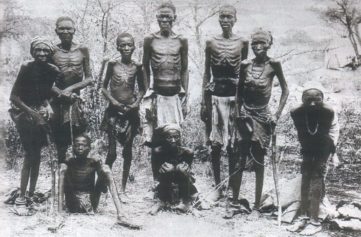LONDON — When Sanga Moses was traveling to the tiny Ugandan village where his mother lives, he spotted a familiar figure walking beside the road, carrying a large bundle of firewood. It was his 12-year-old sister, who complained tearfully of having had to miss school that day to walk 12 miles to and from the nearest town to collect wood as cooking fuel for the family. Millions of other Africans, mostly girls, are in the same plight and have to sacrifice time that could be spent studying or working to fetch wood, often by walking long distances across dangerous terrain. Mr. Sanga, now 30, was so concerned that he gave up his job as an accountant in the Ugandan capital Kampala and plowed his $500 savings into developing an accessible source of cheap, clean cooking fuel. As well as saving time and money, it promises to reduce the pollution produced by the noxious fumes of makeshift fuel, and the health problems caused by inhaling them, which are responsible for the death of more than 1.5 million people every year.
Three years later, thousands of Ugandans are cooking with the organic fuel produced by the company he founded, Eco-Fuel Africa, and some 1,500 farmers are augmenting their income by using its equipment to convert agricultural waste into organic charcoal. As well as generating sorely needed income for those farmers, the system has created jobs and entrepreneurial opportunities for hundreds of other people in selling and delivering fuel and fertilizer. It is also helping to slow the deforestation of Africa, as fewer people now need to forage for wood.
At a time of growing interest in humanitarian design, Eco-Fuel Africa shows how a business can deploy design, as both a practical and strategic tool, to empower the underprivileged majority of the global population. Unlike many other humanitarian design ventures, which were initiated by Western designers in the hope of helping people in developing economies, Eco-Fuel Africa was conceived by people, like Mr. Sanga, whose friends and relatives are intended to benefit from it.
“The problem I see with most other interventions is that they don’t involve local communities enough and are initiated by foreigners who don’t understand local problems…
Read more: NY Times


